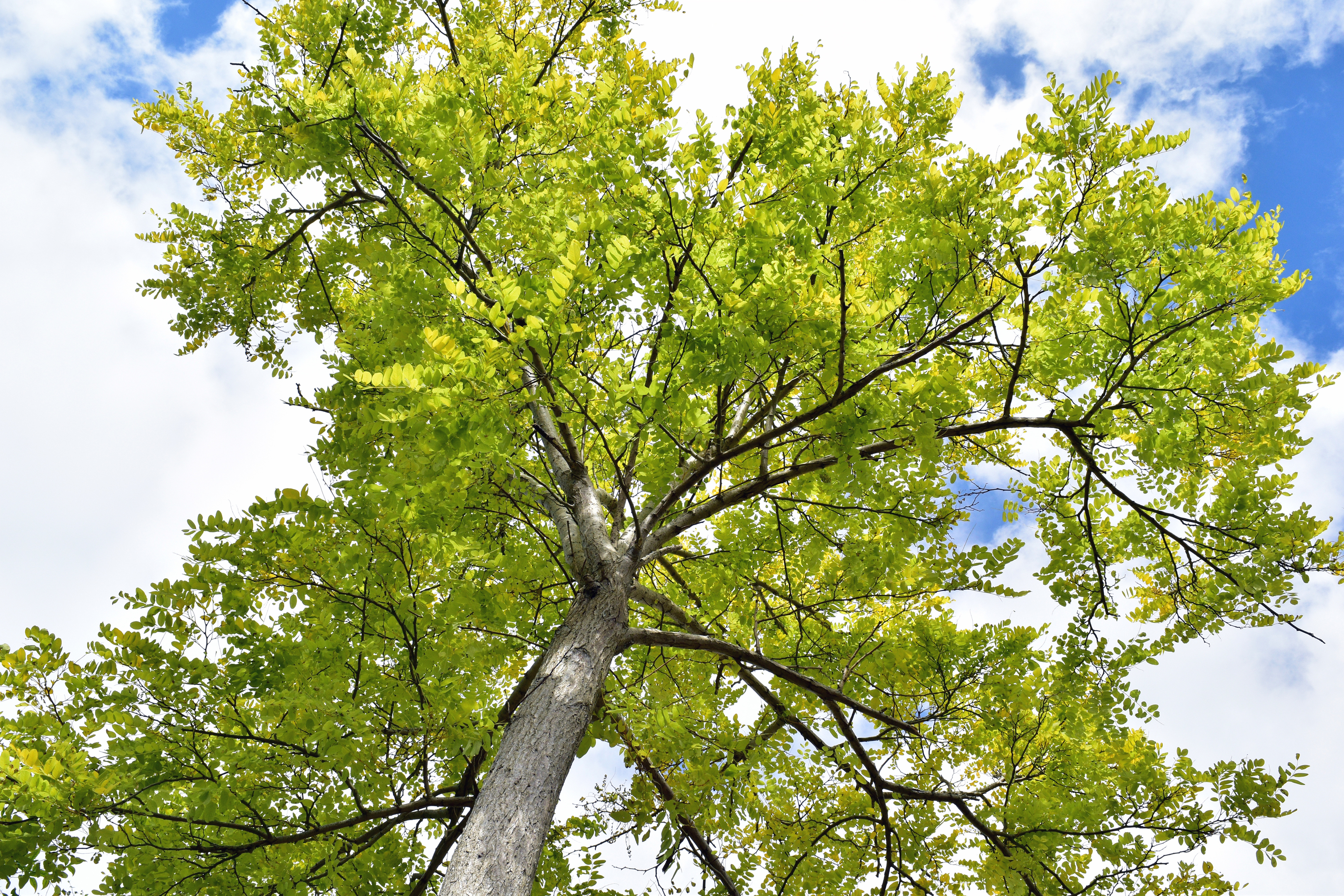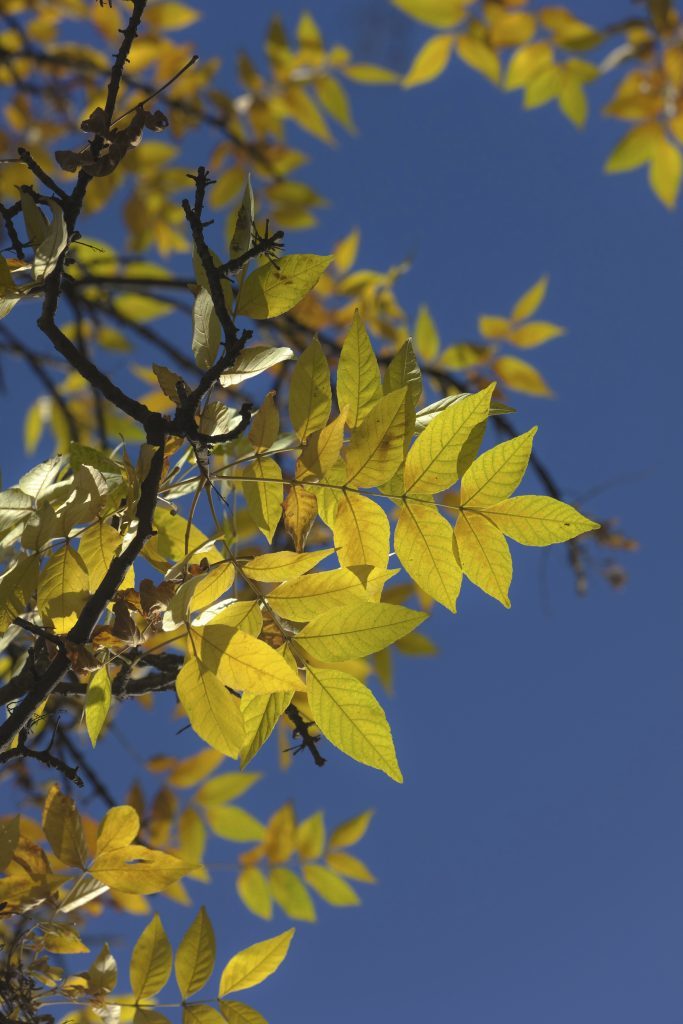In some ways the ash is rather peculiar; it’s one of the last trees to unfurl into full leaf – usually by the end of May – yet is among the first to shed its foliage in autumn.
This would seem to give it a short growing season and put it at a competitive disadvantage with other trees. But this casual observation doesn’t reflect reality, for the ash is prolific in growth and generally abundant.
Although ash is common, woodlands where they predominate are not so frequent, which is why I have special affection for a remote part of the Devon Gorge in Kinross-shire. Here, in one or two small parts of this steeply sloping ground, the ash is king. In spring, the late emergence of the leaves is ideal for sun-loving forest flowers such as wood anemones, lesser celandines and dog violets. And even once the canopy is in full green, the airy arrangement of the leaves enables plenty of light to penetrate below.
But despite this, it is autumn when I like this woodland best. The reason is not down to any autumnal blaze (ash leaves often fall to the ground with hardly a turn of colour) but rather for the special aura of an ash wood. Most striking are the pale trunks of the ash, which when I visited the gorge recently radiated an enveloping soft luminescence under the weak autumnal sunshine.
A busy wren flickered through the twisted tree roots of a fallen tree and wind-tumbled rooks swirled high above the gently swaying skeletal branches. But down at ground level, there was hardly a breath of wind, such was the shelter afforded by the deeply incised ground.
While there may have been sunshine in the sky above, a dark cloud hangs over future of this wood in the shape of ash dieback, a recently discovered fungal disease that has the potential to decimate our ash populations. Certainly some of the leaves on the ground had crinkled dark edges – one of the signs of disease – but I didn’t have the expertise to determine whether this was also a normal part of autumn leaf fall or was indeed actual infection.
But does the possible catastrophic loss of the ash matter? Well yes it does, because the tree provides home for a large variety of invertebrates, fungi, lichens and mosses, some of which are highly dependent on ash.
As I made my way through the wood, I put such thoughts on this ticking time bomb to the back of my mind, much better to enjoy the moment.
I moved down the slope to the bubbling river and sat for a while by a little waterfall. Short bursts of a soft musical melody could just be heard over the noise of the rushing water. It was a male dipper staking out his territory. It was a song to lift the heart; it may only be November, but already some of our creatures are preparing for next year’s breeding season.
Info
Ash dieback (Chalara) causes leaf loss, crown dieback and bark lesions in affected trees. Once a tree is infected the disease is usually fatal. It was first recorded in the UK in 2012.










